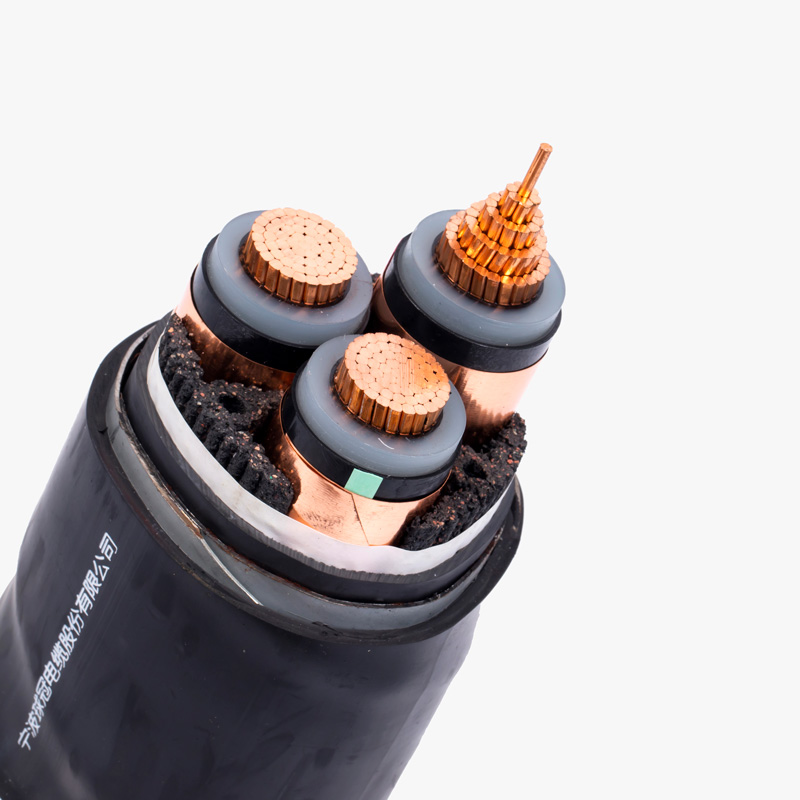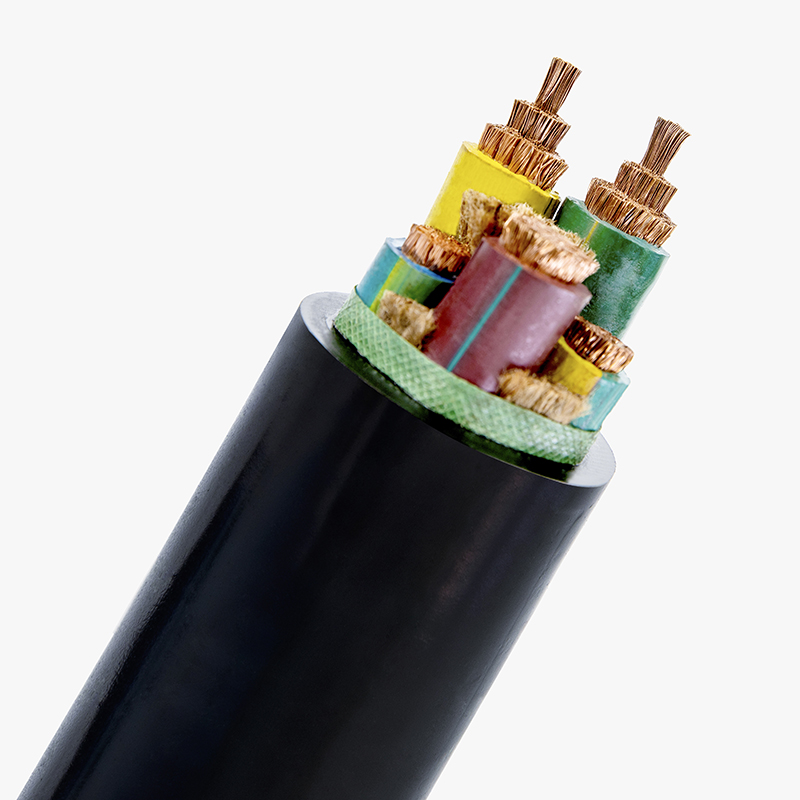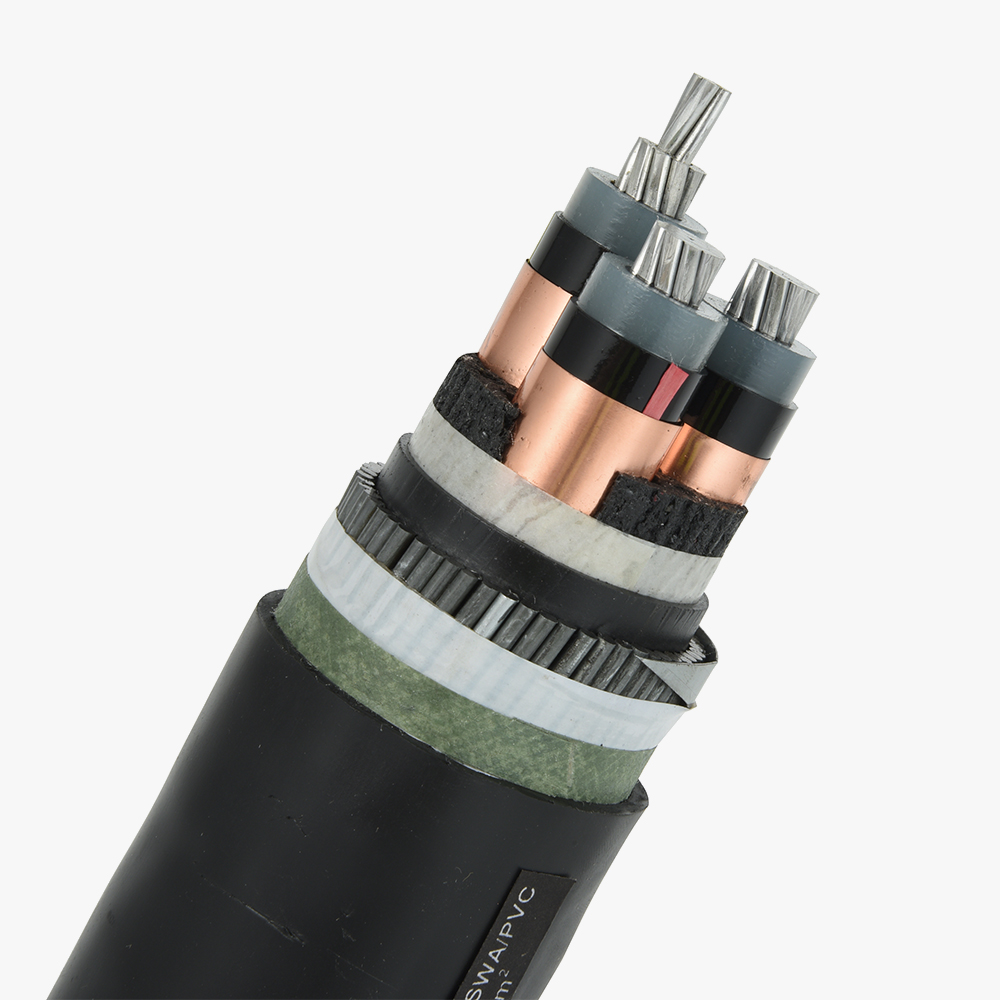When selecting cables for different climatic conditions, it is essential to comprehensively consider factors such as temperature, humidity, ultraviolet radiation, ice and snow loads, and chemical corrosion to ensure the long-term reliability and safety of the cables. The following is a cable selection guide for different climate types:
High-temperature dry climate (e.g., deserts, tropical arid regions)
Main impacts:
High temperatures (long-term >40°C, extreme >60°C) accelerate insulation aging. Sand and dust abrasion on the cable outer sheath.
Selection recommendations:
- High-temperature-resistant materials: Select cross-linked polyethylene (XLPE) insulation (temperature-resistant up to 90°C) or silicone rubber cables (temperature-resistant up to 180°C).
- Protection rating: Armoured cables (e.g., steel tape armouring) to prevent sand and dust abrasion, or halogen-free flame-retardant sheathing (e.g., LSZH).
- Heat dissipation design: Prioritise cables with larger conductor cross-sectional areas to reduce heat generation due to current flow.
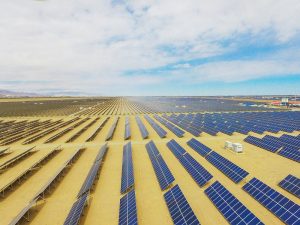
Cold and icy climate (e.g., Siberia, northern Canada)
Main impacts:
Low temperatures can make insulation brittle and prone to cracking. Ice accumulation also increases cable tension and risks mechanical failure.
Selection recommendations:
- Cold-resistant materials: Use ethylene propylene rubber (EPR) or low-temperature-rated XLPE insulation with proven performance at -40°C or below.
- Flexible structures: Use flexible construction to prevent cracking during installation and operation.
- Reinforced sheathing: Consider self-supporting ABC cables with reinforced jackets to withstand ice loads.
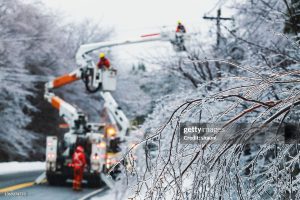
High-humidity tropical climate (e.g., Southeast Asia, Congo Basin)
Main impacts:
Consistently high humidity accelerates water ingress, mold formation, and insulation degradation, reducing cable lifespan and reliability.
Selection recommendations:
- Moisture barrier design: Use water-blocking tapes or gels within the cable construction to prevent water ingress.
- Sheathing selection: Opt for moisture-resistant PE or HDPE sheathing with tightly bound construction.
- Anti-fungal treatment: Use outer jackets with anti-fungal additives to protect against biological degradation.

High UV radiation climate (e.g., Australia, southwestern USA)
Main impacts:
Extended UV exposure breaks down polymer chains in sheathing materials, leading to cracks, color fading, and eventual insulation failure.
Selection recommendations:
- UV-stabilized outer jackets: Use UV-resistant materials like black PE or UV-treated PVC for better performance in direct sunlight.
- Overhead cable design: For exposed installations, opt for UV-shielded, weather-resistant cables.
- Alternative routing: Where possible, route cables underground or through conduits to shield them from UV exposure.

Coastal and chemical exposure climate (e.g., port areas, chemical industrial zones)
Main impacts:
Salt fog and chemical fumes from industrial activity can corrode metal components and degrade insulation integrity over time.
Selection recommendations:
- Corrosion protection: Choose tinned copper conductors and stainless steel armour to resist oxidation.
- Chemical-resistant jackets: Use cables with thermoplastic elastomer (TPE) or fluoropolymer (e.g., FEP) jackets.
- Sealed construction: Opt for double-sheathed and gel-filled cable designs to minimize infiltration of corrosive agents.
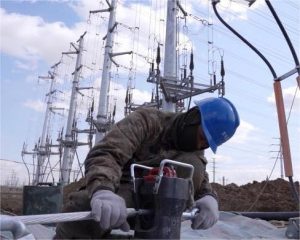
The Economic and Operational Benefits of Proper Climate-Based Cable Selection
Correct cable selection based on local climate conditions significantly extends service life and minimizes costly failures. For example, in tropical climates, using standard non-moisture-blocked cables can lead to insulation breakdown within 2-3 years, requiring replacement and system downtime. In contrast, moisture-proof cables last over a decade with minimal maintenance. Similarly, UV-damaged cables in arid zones often suffer sheath cracking and outages, while UV-stabilized cables maintain performance for up to 25 years. These targeted solutions reduce total cost of ownership, enhance project reliability, and ensure uninterrupted power delivery, which is essential for both industrial users and grid-scale applications.
Case Studies: Cable Selection in Real Power Projects
- 1. Desert Power Transmission, Sudan: QRUNNING supplied 132kV XLPE-insulated, armoured cables for a desert transmission line. These cables were engineered to endure ambient temperatures of up to 60°C and strong sand winds.
- 2. Subzero Wind Farm Grid, Uzbekistan: In extreme winter zones, flexible EPR-insulated cables with -40°C cold resistance were deployed to connect wind turbines, ensuring smooth performance even during snowstorms.
- 3. Coastal Grid Installation, Vietnam: Tinned copper cables with halogen-free flame-retardant jackets were selected for a coastal substation project, combating salt-laden humidity and preventing corrosion-related failures.
- 4. Urban Infrastructure, Angola: For city grid expansion in Angola’s wet climate, water-blocked power cables with anti-fungal layers were installed underground to mitigate moisture risks and biological degradation.
- 5. Solar Plant Wiring, Ethiopia: In high-UV mountainous regions, black UV-resistant PE-sheathed cables were used to connect solar panels to inverters, withstanding daily UV radiation and ensuring 20+ years of operation.
Conclusion and Expert Recommendation
Always match your cable selection with the local environmental challenges. Climate-adapted cables reduce future risk, extend service life, and lower long-term operational costs. Invest smartly to secure long-lasting infrastructure.

